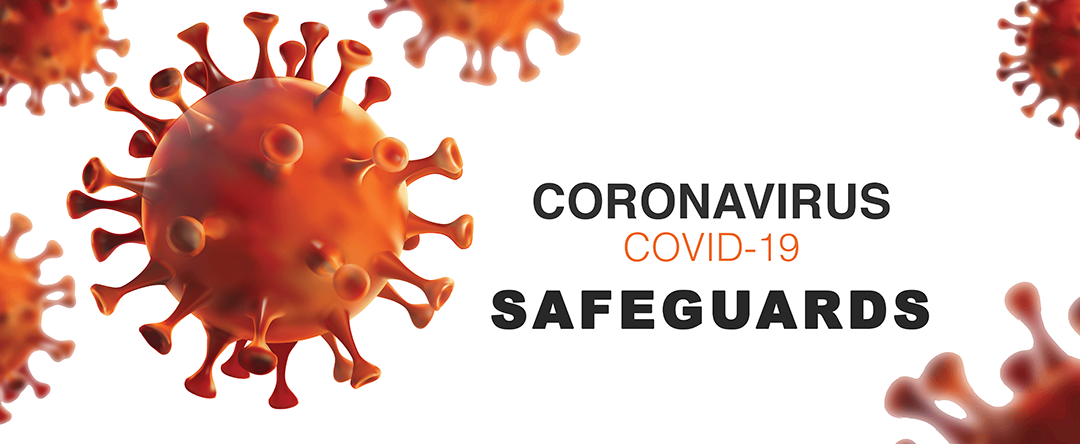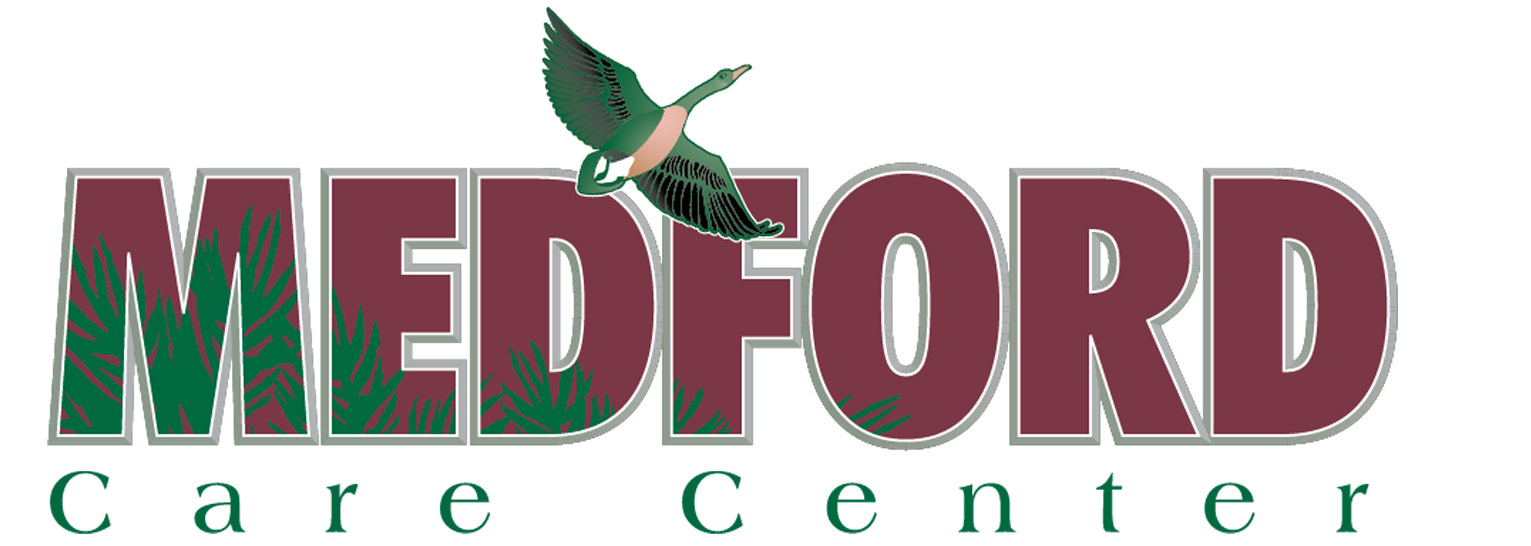COVID Outbreak Response Plan
Medford Care Center Post- Acute Facility Outbreak Response Plan

Our facility has an Outbreak Response Plan based on recommendations/guidelines from the Centers for Disease Control and Prevention, New Jersey Department of Health, Centers for Medicare and Medicaid and the individual make-up of the facility. Our Infection Preventionists, Nursing Management, Administrators and Interdisciplinary Team are involved in ensuring that our plan is updated as new information becomes available. Our plan has been updated in response to lessons learned from COVID-19. Our Outbreak Response Plan Includes the following policies, procedures and protocols: Strategies for effective and clear communication with staff, patients/residents, their families or guardians about any infectious disease outbreaks, including methods to communicate information on mitigating actions implemented by the facility to prevent or reduce the risk of transmission, including if normal operations of the facility will be altered. Notifications will not include personally identifiable information.
Our response plan includes the following:
- Outbreak Management Policy
- Communication Plan
- COVID-19 Pandemic Plan
- Visitors and Infection Control Practices
- Facility Entrance Screening During Epidemic/Pandemic Policy
Written standards, policies and procedures that provide for virtual communication (e.g. Phone, video-communication, Facetime, etc.) with patients/residents, families, and resident representatives, in the event of visitation restrictions due to an outbreak of infectious disease or in the event of an emergency.
Methods to provide cumulative updates for patients/residents, their representatives and families of those residing in our facilities at least once weekly in particular during a curtailed visitation period.
Strategies for securing more staff in the event of COVID-19 or any other infectious disease or emergency among staff.
Policies, protocols for isolation of infected, exposed or at- risk patients/residents during an outbreak of a contagious disease including isolation procedures, cohorting of patients/residents and discontinuation of isolation.
Information on the availability of laboratory testing, protocols for assessing whether facility visitors are ill, protocols to require ill staff to not present at the facility for work and processes for implementing evidence- based outbreak response measures which are included in the following:
Policies to conduct routine monitoring of residents and staff to quickly identify signs of a communicable disease that could develop into an outbreak which are included in the following:
Policies for reporting outbreaks to public health officials in accordance with applicable laws and regulations which are included in the following:
Lessons Learned from COVID-19.
-
Communication between residents/patients and their families is vital during outbreaks, especially when visitation is restricted. Video conferencing, Facetime, and phone calls were implemented to ensure residents/patients and their families were able to maintain contact with each other.
- Communication from facilities to patients/residents, families and staff regarding outbreak status and updates is necessary to allay fears and concerns. A call-in number was established to provide updated information to all, and staff huddles, and education sessions were utilized to keep staff updated.
- Communication between physicians and patients/residents can be supplemented with Telehealth.
- Stress relief for staff to assist staff and prevent burn -out which can impact staffing.
Partnering with Occupational Health allows for control of ill or exposed staff returning to work when appropriate. Communication with Occupational Health was established early on to ensure a smooth process for managing ill/exposed staff.

